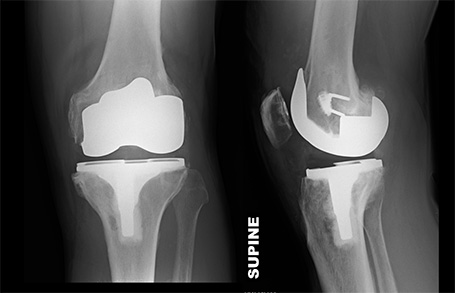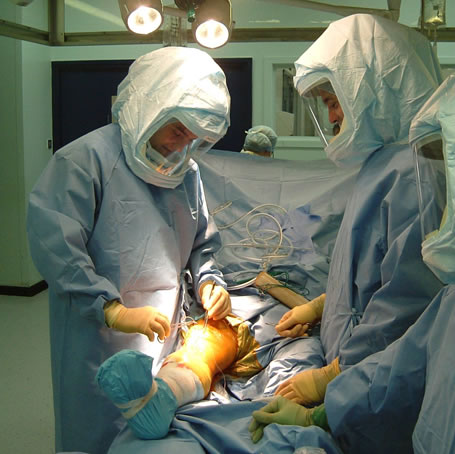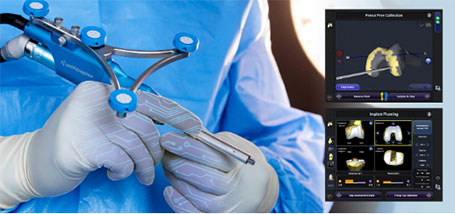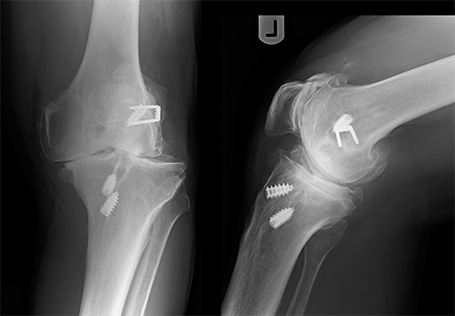Procedures
Knee Replacement
Over 100,000 knee replacements are performed annually in the United Kingdom and the operation has become one of the most durable and successful of joint replacements. Although the knee joint is a more complex joint than the hip, knee replacements are now as safe as and as reliable as hip replacements. A variety of different types of knee replacement are available but the most commonly performed, cemented total condylar or total knee replacement, has a clinical survivorship of over 95% at 10 years.
Pain is the principle indication for knee replacement, and the operation reliably relieves pain in the vast majority of patients. This pain relief is principally responsible for the relief of disability commonly experienced by patients with knee arthritis, allowing them to resume most normal activities, including recreational and some social sporting activity.
Knee replacement is a very successful operation, over 90% of patients reporting relief of pain and around 80% reporting the results as good or excellent.
National Joint Registries are demonstrating that the most durable knee replacements are cemented total condylar in type and the vast majority of knee replacements performed are of this variety. Uni-compartmental or partial knee replacement is performed in selected cases. Both Mr Gibb & Mr Bowman have experience of computer-navigated knee replacement and have been performing robotic assisted surgery using Smith & Nephew NAVIO & CORI robotic tools since early 2021.
Further information regarding the procedure and the aftercare can be found here.





